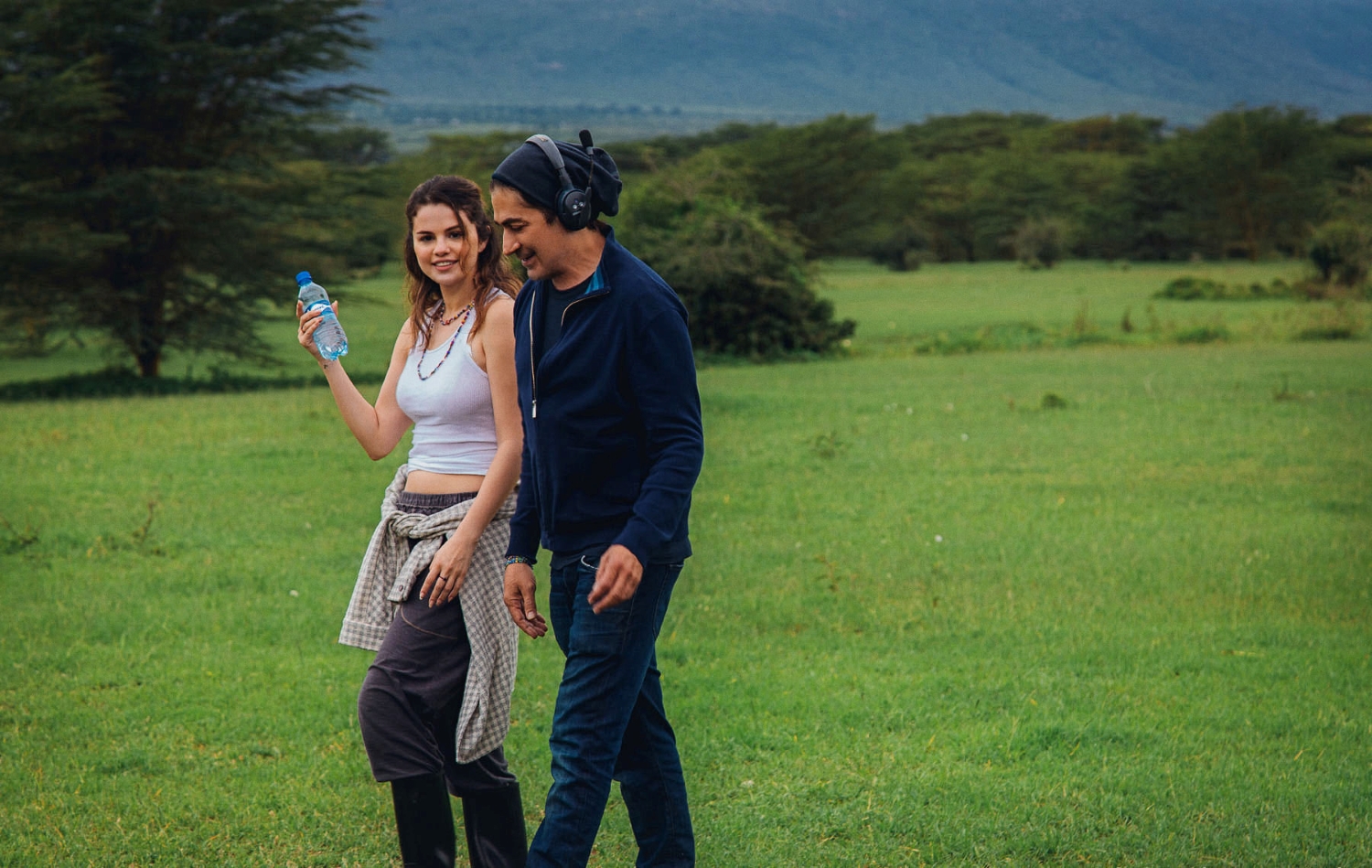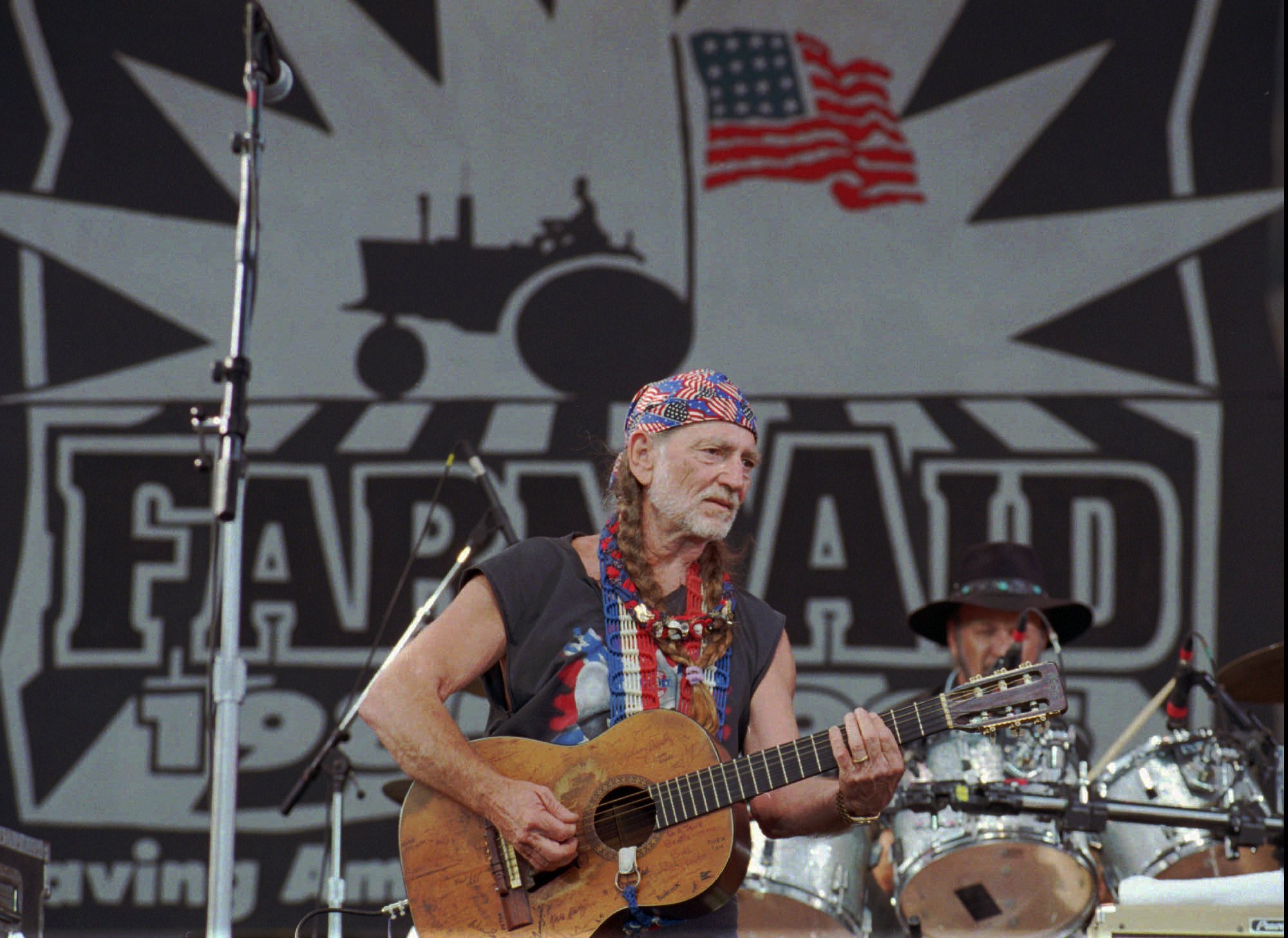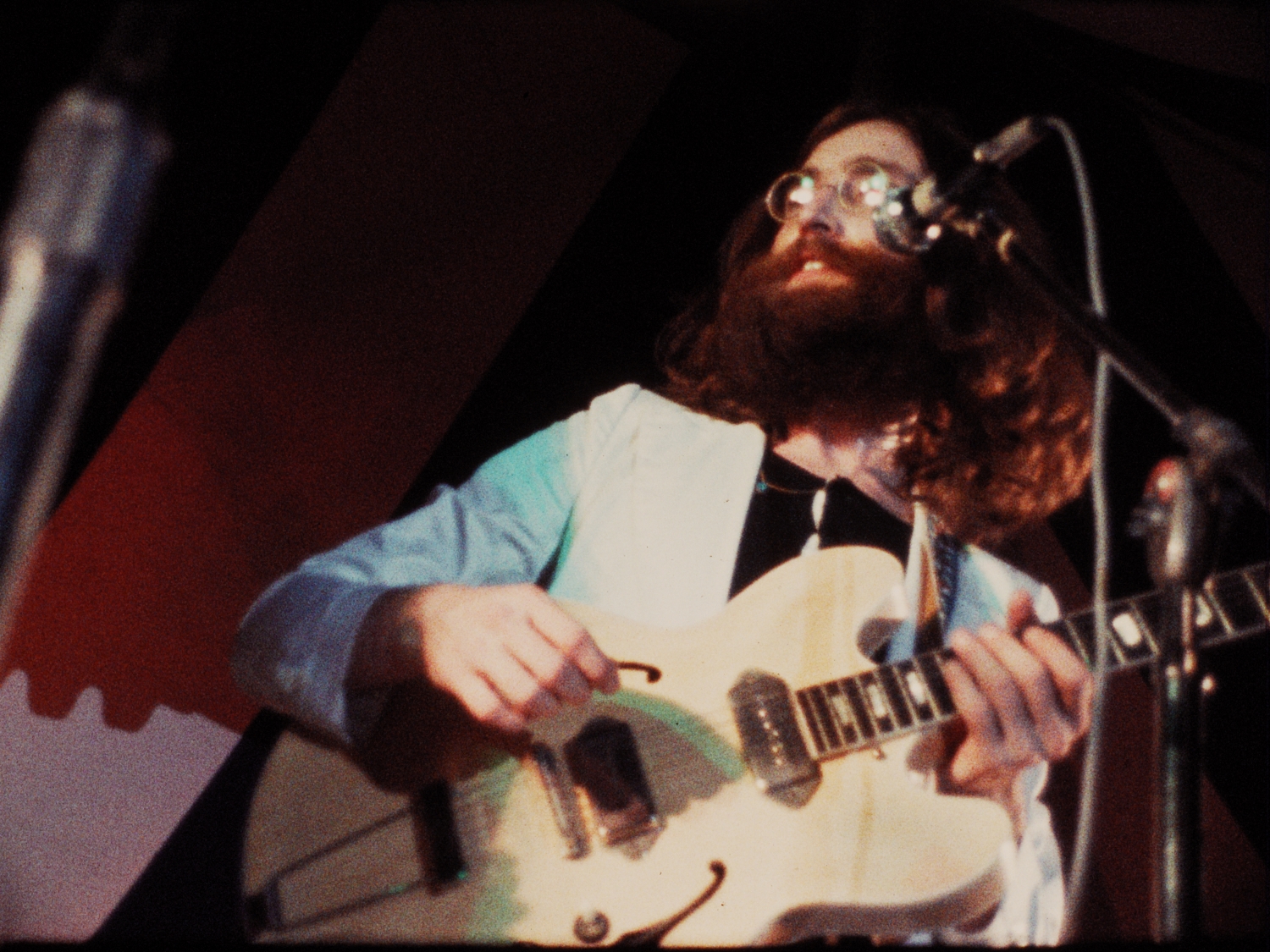“I was so beguiled by her vulnerability,” says director Alek Keshishian on his subject, pop superstar Selena Gomez. “I was so surprised by her lack of guile.”
Keshishan tells Gomez’s story in the surprising documentary Selena Gomez: My Mind & Me. The film begins as the usual glimpse into the rise of a young star, like audiences have seen in docs like Shawn Mendes: In Wonder and Billie Eilish: Everything’s a Little Blurry, but as the camera plays a fly-on-the-wall to Gomez’s Revival tour, it intimately observes the weight of the spotlight. Gomez takes the film to unexpected places as she opens up about her struggles with mental health and the narratives that spiral out of control as the media learns fragments of her story.
Audiences expecting a typical celebrity profile won’t find it her, but perhaps that’s to be expected from Keshishian. Best known for the 1990 mega-hit Madonna: Truth or Dare, which arguably redefined the music doc genre with its intimate glimpse at Madonna during her Blond Ambition tour, Keshishian strips back the veneer of celebrity and captures Gomez during a period of redefinition, much like he did with Madonna in 1990. Madonna’s saucy relationship with her dancers and, for the time, scintillating behaviour provoked candid conversations about sexuality in ways that few films did at the time. Gomez aims for Madonna’s openness in My Mind & Me, but whereas Madonna’s relationship with the camera was mildly performative, Gomez finds an opportunity to burrow deeper.
In an interview with POV, Keshishian, who previously shot some of Gomez’s music videos and was introduced to the star via her manager (who also happens to be his sister), shares how the long-gestating My Mind & Me found its shape. Thanks to some dramatic turns in the Gomez’s life, including her revelation that she is bipolar, the collapse of the WE charity in which she was involved, and COVID-19 lockdowns, the longevity of the project creates a space to lead the film where it needs to go, inviting conversations about wellness as Gomez uses her platform to inspire others.
POV: Pat Mullen
AK: Alek Keshishian
This interview has been edited for brevity and clarity.
POV: What are some of the questions you ask yourself when taking on someone’s story?
AK: I need to make sure that they’re willing to let me make the type of films that I enjoy making. They need to give me access. I’m not interested in doing typical behind the scenes work where it’s very set up. I first assess their level of openness to that and then, obviously, have to get to know them and identify the theme and the narrative thrust. That is constantly changing as you shoot.
POV: I understand that this production had a lot of sort of stops and starts over the years, so what were some of the conversations you had with Selena Gomez about when to film and when not to film?
AK: In 2016, as she put it, “I want to do my Truth or Dare for the Revival tour.” I advised against it. I said, “You’re very young. I don’t think you’re ready to let me film the way that I’m accustomed to filming.” She said, “No, no, no. I am. I want you to film everything. I trust you. You can do whatever.” She let me film everything, but as I was filming it, I realized there was a lot of emotional turmoil. It didn’t feel right for the cameras to be filming all of it, and yet for me not to film it, and to put all kinds of fences around what I could film and couldn’t, didn’t feel right, either.
We mutually agreed that the time wasn’t right, but we remained friends. When she came out of the mental facility, we had dinner and then a month or two later, she reached out to say, “I’m going to Kenya through this charity. Would you come with me and maybe document that?” It was just meant to be this contained 10-day shoot. I said, “Would you be up for me shooting a few days in LA now to see what your life’s like?” I basically began with one cameraperson and me on my camera. Those two days became four. Even on the first day I realized there’s a story here, and the story is that there’s this young girl who’s out of this facility, she’s on her road to recovery, but she’s not there yet. She wants to be a spokesperson and she wants to do more, but she’s still battling some of her own demons of self-doubt. After maybe 14 days of shooting, I said, “I think there’s potentially a bigger documentary here that Kenya might be a part of.” I told the label, I told everyone, “I don’t know whether it will ever be something that should exist for the general public, or whether this is just interesting right now.
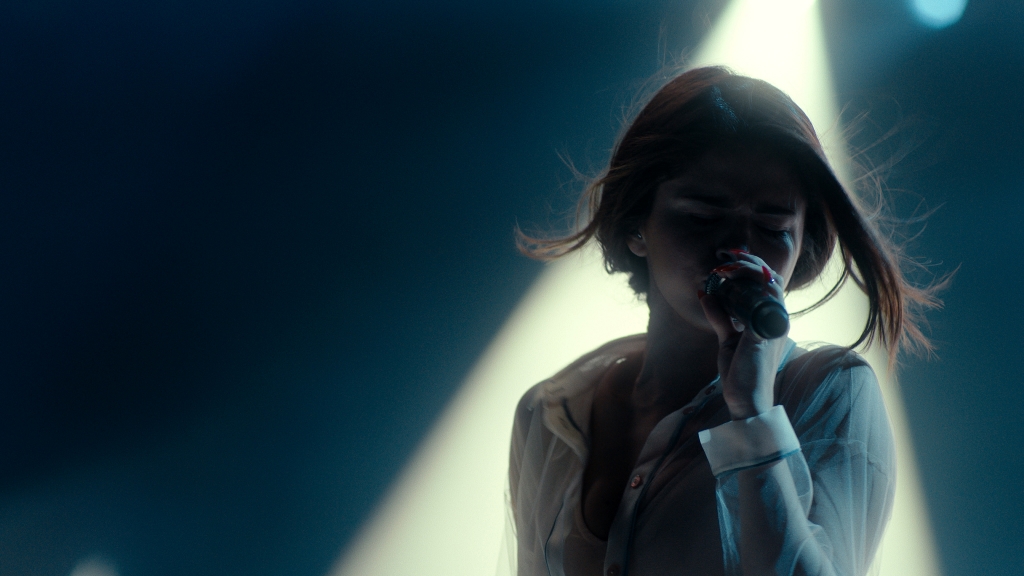
POV: How did the longevity of the project shape the themes?
AK: I was very lucky that everyone was coming on board this train without a destination. In Truth or Dare, there’s the tour, so you know the beginning and you know the end. This was much more open-ended. That allowed it to grow, but it also made it very challenging because every time we would think it was ending, suddenly there’s a new chapter. The ending that I thought was going to happen didn’t happen.
POV: What did you think the ending would be?
AK: I thought she was going to go to Canada, work with that charity to create a mental health curriculum, and have a beautiful tied-up narrative. Instead, COVID happens. She has a lupus flare up. The charity collapses, and she realizes she’s got to do this on her own. It’s even more beautiful in a sense that she is able to overcome that moment. She says in Kenya when Craig [Kielburger] asks her, “Why don’t you do this?” She goes, “Because I don’t feel I’m good enough. I think that’s always been my issue.” He says, “The reason you’re the perfect person to do this is because you feel that way.” It takes all these detours before she actually embraces it and does it.
POV: I’m in Toronto, so I followed the WE scandal and you probably dodged a bullet there had that been the ending. Were you with Selena when the fallout was happening with the WE charity?
AK: We were in LA when that was happening. I think we cover it in a way that’s respectful to the fact that there was a lot of good that WE did. I’m of the school of “don’t throw the baby out with the bath water,” which in our politicized times we often do. For Selena’s goals and what she did there, she’s still very proud of it. We saw those women. We saw the lives that had changed. At that point, though, it was one thing after another: the lupus was happening, COVID’s happening. She’s isolated. In a sense, it coloured it, but it also inspired the ending.
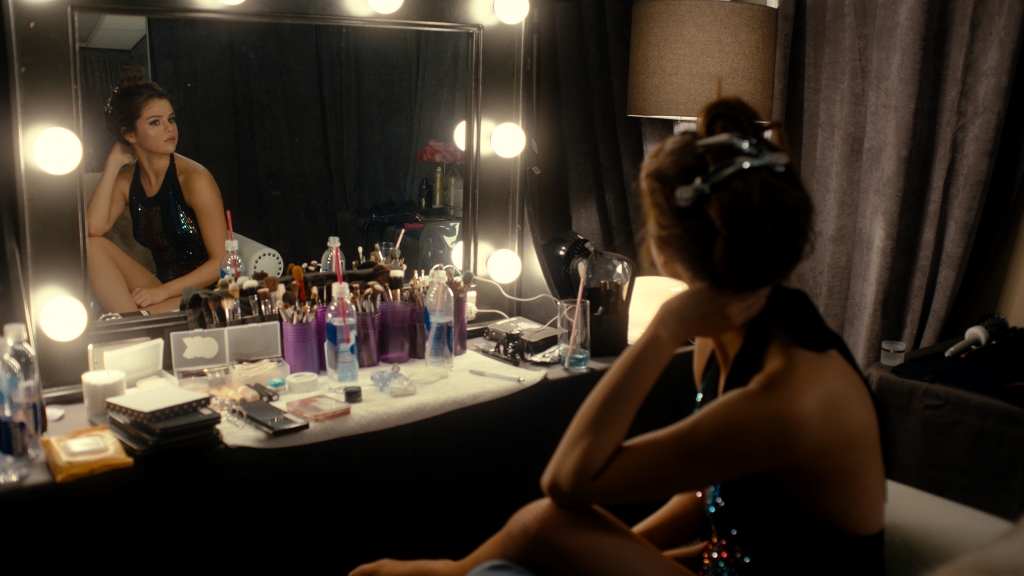
POV: The film goes to some pretty candid and dark places in terms of Selena’s mental health. Do you think COVID opened a space to have those conversations in ways that people weren’t in 2019?
AK: I do think that every year that went by made this doc more relevant. We were also scared because, by that point, there were so many docs coming out about mental health. We thought, “Are we gonna be the caboose on this train?” I always say to people, this isn’t just a mental health doc. This is a doc about a journey of a young woman who represents a lot of people born into very tough life circumstances, who perseveres to achieve the dream that she thinks is going save her, and it doesn’t save her. It actually almost destroys her. She has to come back from that. In a weird way, the extra time, I think, allowed the movie to have a relevance beyond its initial story.
POV: The conversations about mental health in the film are quite refreshing because, especially recently, we’ve seen a lot of celebrity music docs that are often tied to the release of an album. Every time Bruce Springsteen has an album, there’s a documentary. Shania Twain just had a Netflix doc that was basically day and date with her greatest hits album. What do you make of this trend where documentaries are almost serving as promotional tie-ins?
AK: I think you feel the difference, though, in those docs. They’re oriented to a reflective moment and I think fans love that. There’s certainly a market for that and a place for that. It’s not my preferred genre. I never set out to do that. Oftentimes in a doc, you want there to be a defining beginning and end. In Truth or Dare with Madonna, we have the tour. This is much harder to do because you’re not tying it. We’re kind of telling the story of the Rare album, but by the time it charts and hits number one, I choose to make it a voiceover of Jimmy Fallon telling us it’s number one.
By that point, it’s not about the album anymore. In Truth or Dare, Madonna wanted me to shoot the concert special for HBO and I turned that on its head. I said I was actually more interested in what’s going on off-stage than on-stage. I’m interested in what’s on the stage for punctuation. Likewise in this, the Rare album—its promotion and her first experience coming back as a pop star after Revival—was an organizing principle, but then it became one of many things and continued from there. I think you’re right that a lot of times, they [music docs] become just a marketing tool instead of movies in their own.
POV: What do you think has changed most in terms of celebrity in the year since Truth or Dare?
AK: When I did Truth or Dare, there were three huge worldwide stars: Madonna, Princess Diana, and Michael Jackson. They did surveys around the world because AM radio was still the primary source of information for underdeveloped and third world countries. Those people had crossed over somehow. Today we’re in a cycle where there are hundreds of stars. It’s all niched out. There’s a much bigger news cycle. The beast is bigger. It needs more to feed on. We’re living in a much more intense period where everyone has a phone, everyone can take a picture, and anyone is a potential paparazzi.
In another sense, Madonna’s war has been won in terms of sexual expression. I’m not saying it’s won completely, but even with acceptance of LGBTQ. Now on social media, everyone’s trying to outcompete with how much of their body they show or what is going to be shocking. We’re almost numb to that now. Selena, I think, actually cuts through all that noise and says, “I’m going to show you the dark side, and the moments where I’m not in control.” This documentary is really capturing it. I don’t think she was ready for that in 2016, but with time and maturity, she was ready for it. Ironically, I think she’s made her own version of a film that can stand on its own.




